It’s not hard to see the appeal of a plug-in hybrid (or PHEV). Provided you’ve plugged them in to fully charge the battery, most will deliver between 15 and 35 miles of real-world pure electric running before the petrol or diesel engine kicks in. At that point, you’ve got all the freedom and peace of mind that comes with a ‘normal’ combustion-engine car.
It really does feel like having your cake, eating it and then finding out that it’s got no calories either. However, with both an electric powertrain and a petrol-powered engine to worry about, there’s plenty to look for when buying a used plug-in hybrid.
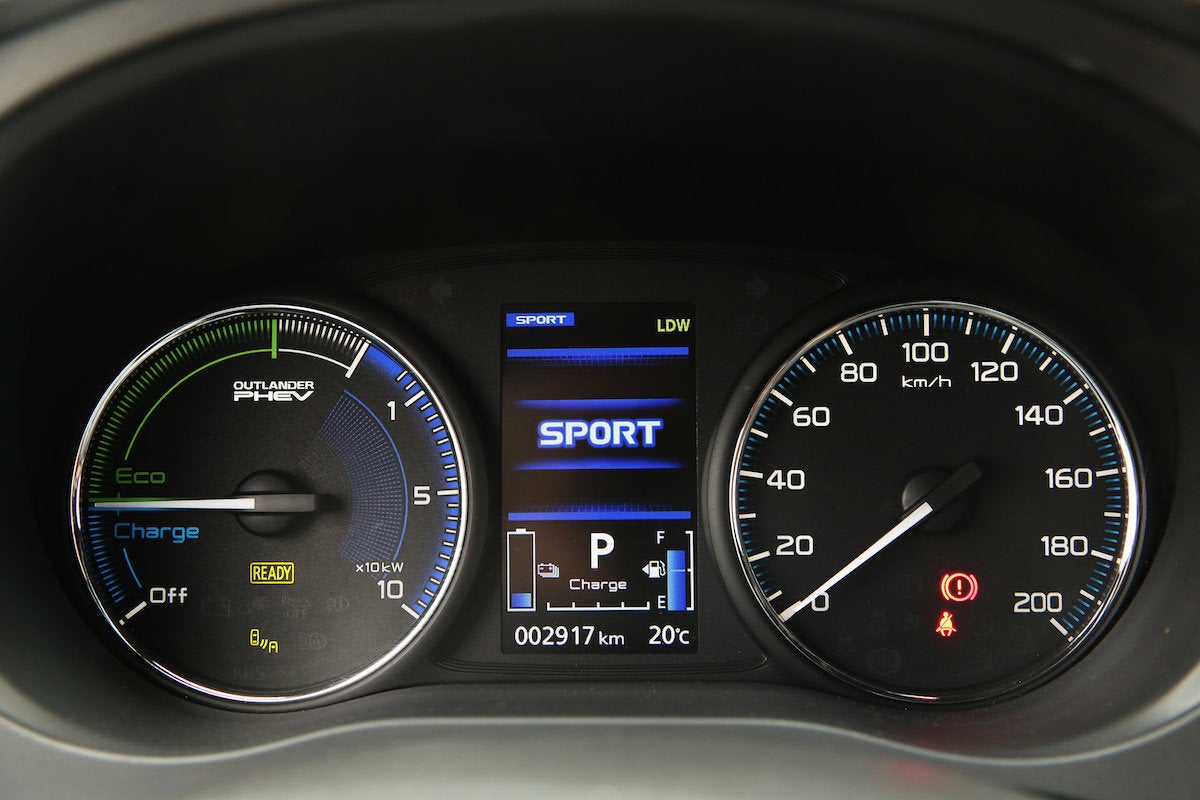
How to Check the Battery Range in a Used PHEV
The battery tends to be the big worry for most PHEV buyers, understandably since electric motors and batteries still feel a bit weird and unknown. Essentially, there’s very little to worry about in this regard. An electric motor has only a handful of moving parts as opposed to the many thousands that make up a petrol engine, which is why electric motors are developing a reputation for being very reliable.
Batteries, too, are incredibly unlikely to fail outright. However, they do gradually lose performance over the years and miles. This is known as battery degradation. It’s reasonable to expect degradation to happen at a rate of some 1-2% per year, but that does vary depending on how the car’s been used and maintained.
The best way to check the real-world range of the car you’re considering is to ask to view it with a full battery, and have a look at the range readout. Every PHEV has a range readout in the driver’s dials to show how far the car will go on electric power. Bear in mind that motorway driving and cold weather both reduce the electric range of a PHEV, so if you’re viewing it in mid-winter and go for a test drive up a faster road, consider the range you get to be a worst-case scenario. Warm weather can easily improve the potential range by 20% or more, and doing mostly low speed driving around town or the suburbs will also see the range creep up.
The batteries in PHEVs tend to have very long warranties. Most are covered by the manufacturer for up to eight years and 100,000 miles, which is transferrable to a new owner.
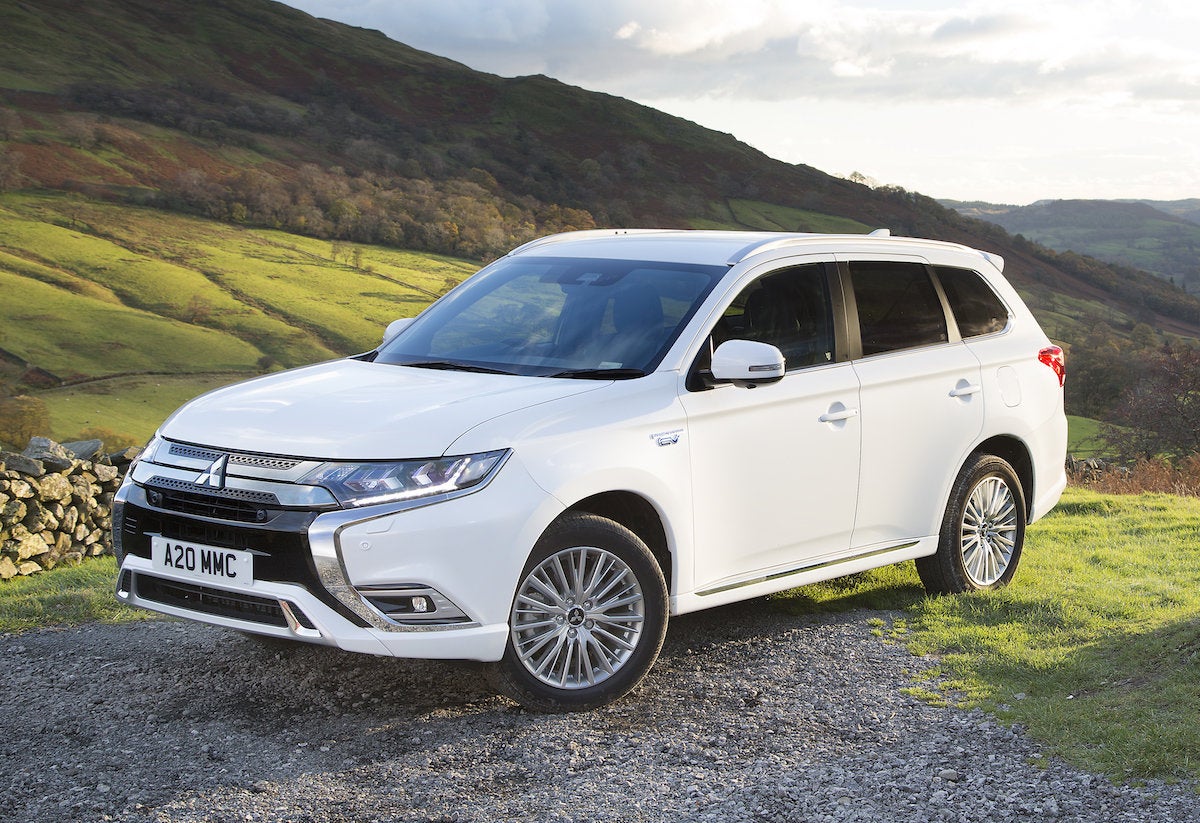
How to Check the Engine and Suspension in a Used PHEV
The engine in a PHEV needs all the same checks as an engine in any other petrol or diesel car. The best advice is to take someone with you who knows a bit about engines, if you’re unsure about what to look for. With or without car-buying backup, when you view the car make sure that you ask to see it start from cold and check that it starts easily and that there’s no smoke from the exhaust. Also check that the oil looks clean, and that there’s no white build-up showing in the oil cap when you remove it. This could point to a problem with the head gasket which is likely to be expensive to fix.
Take it for a decent test drive, and make sure that you run it on the petrol or diesel engine, listening for any odd noises. All plug-in hybrids have an automatic transmission, so make sure to check that it’s changing gear smoothly and without any hesitation.
At the same time, listen for any knocking from the suspension. Plug-in hybrids are heavy so can wear suspension joints and bushes more quickly. Many also come with air suspension, which naturally gives of a soft ‘whoosh’ as the suspension compresses, but excessive noise could indicate a problem.
PHEVs all have regenerative braking systems, but this actually saves the brake pads since it’s the electric motor that’s doing the braking and storing energy unless you brake very hard. Brake pads can last years longer on a PHEV than you’d expect in a non-electrified car.
Check the Bodywork
As with any car, look for scuffs and dings under the sills of the car as well as on more obvious panels. Many plug-in hybrids will have been used for towing, so look to see if there’s a tow bar and signs of use as that can shorten the life of the gearbox and cause more general wear to the car.
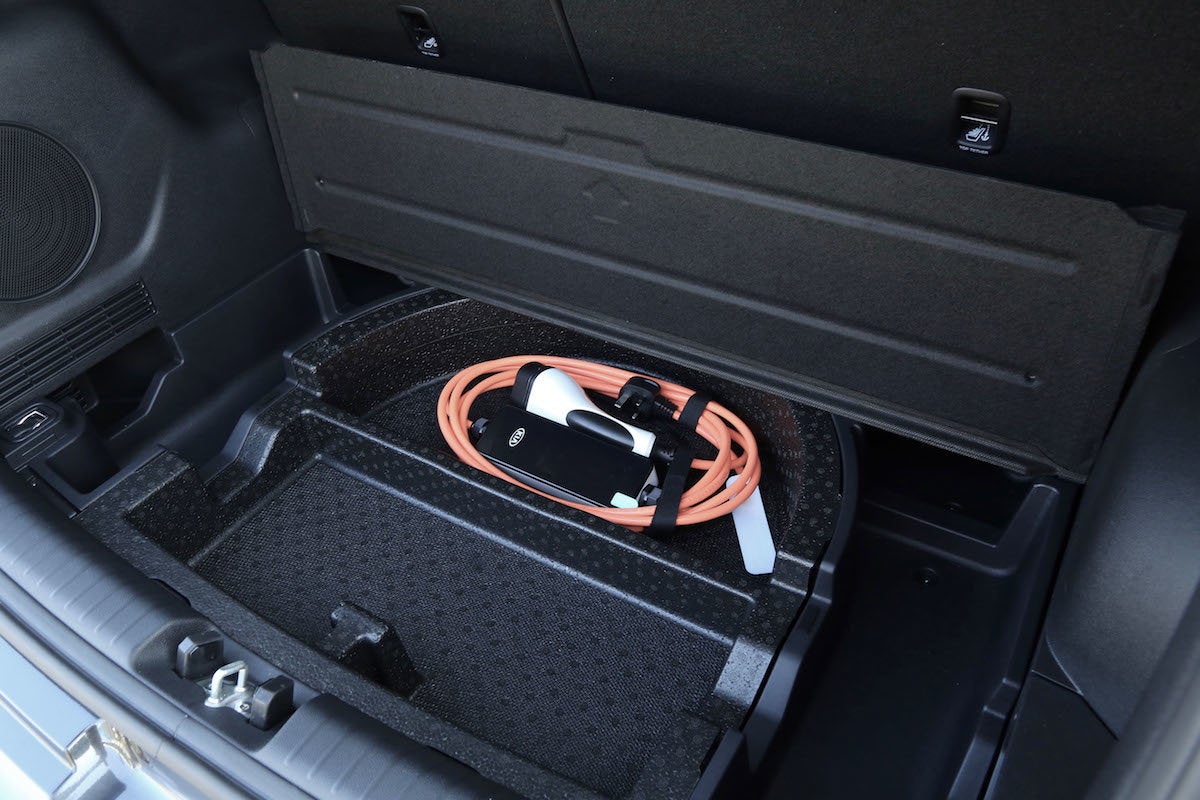
Check the Charging Sockets and Cables
Charging hardware can get damaged if it’s abused. Look at the socket and check that there are no bent pins or broken plastics, and also look at the cables themselves. Not all PHEVs come with two cables – some only come with the Type 2 cable needed to plug into most slow public chargers and home wallboxes, and some only come with the three-pin cable to plug into a normal domestic wall socket.
Have a look at what cables are in the car you’re considering, and check that they haven’t been dropped or damaged as they may not work if the socket has been bent out of shape at all. You can very easily buy new charging cables to connect a PHEV to a home charger or a normal socket, but they cost from around £200 each.
Check the Paperwork
Of course, reading the service history is a no-brainer when buying any new car. PHEVs tend to have the same servicing schedule as any non-electrified car, so look for evidence that the car has been checked over every year or so. Not only because this will keep up any remaining manufacturer warranty and help with engine reliability, but also because servicing these days often involves software updates that can improve the car’s touchscreen as well as other aspects of its charging and powertrain.
Overall, it’s no harder to judge a PHEV as a used car than any other car. The chief thing is to check the real-world range via the readout in the car, and if you’re happy with that then the rest is straightforward.
There are, of course, a great selection of used plug-in hybrids for sale via dealer on CarGurus. Below are some of our favourites.
Five Used Plug-in Hybrid Electric Cars Worth Trying
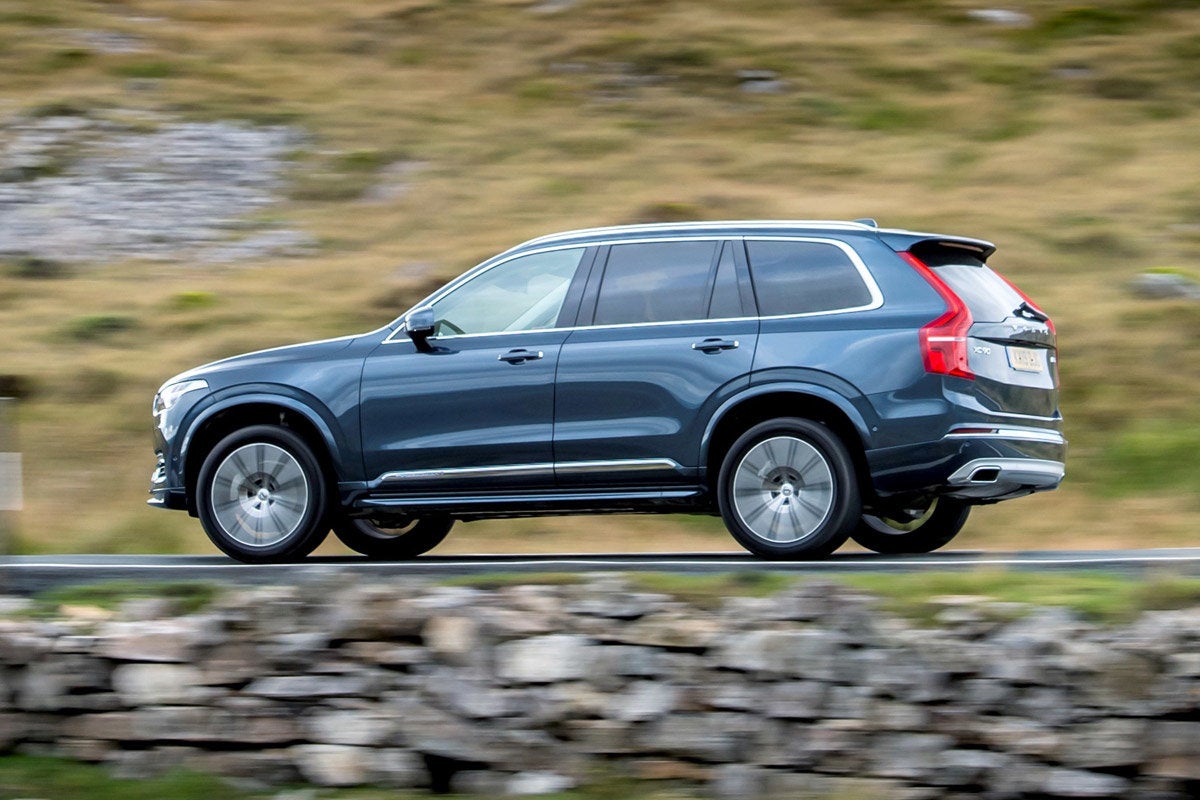
Volvo XC90 T8
Official WLTP range: 29-31 miles 0-62mph: 5.8 seconds
Volvo was one of the first manufacturers to really invest in plug-in hybrid technology, and the XC90 is a great example of it. In everyday driving it’ll do around 18 to 20 miles on electric power, and then the 2.0-litre turbocharged and supercharged petrol engine is smooth (and impressively powerful) when you want to use that instead. It’s just lovely to drive, lovely to sit in and – unusually in the plug-in hybrid class – is also a full seven seater, making it the best large family PHEV going. It’s not cheap to buy, though, and the petrol engine isn’t cheap to fuel when it’s running, either, despite being a 2.0-litre four-cylinder. Expect fuel economy of around 25mpg once you’ve exhausted the battery.
Read our expert review of the Volvo XC90
Search for a used Volvo XC90 T8 on CarGurus
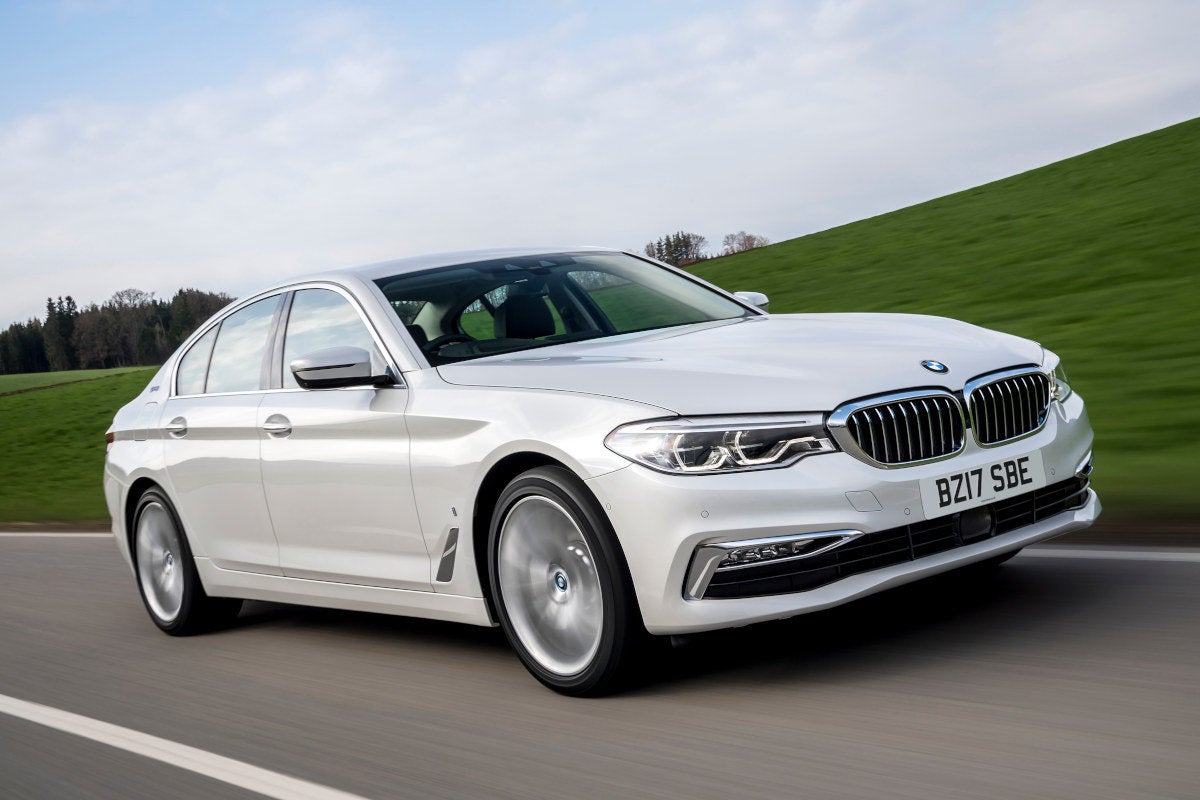
BMW 530e
Official WLTP range: 31-37 miles 0-62mph: 6.1-6.2 seconds
The BMW 5 Series has always had a reputation for being great to drive, and the plug-in hybrid 530e lives up to that as much as the rest of the range. It’s as fast and as enjoyable to drive as the big, six-cylinder performance versions, but will do some 20 to 25 miles on pure electric power and save you loads on fuel costs and tax. A facelift in 2020 brought the option of four-wheel drive and a bigger battery, which upped the official range to 37 miles (expect around 30 miles on electric power in real world driving). For executive plushness in a car that’s a joy to drive and live with, the big BMW is the best of the lot.
Read our expert review of the BMW 5 Series
Search for a used BMW 530e on CarGurus
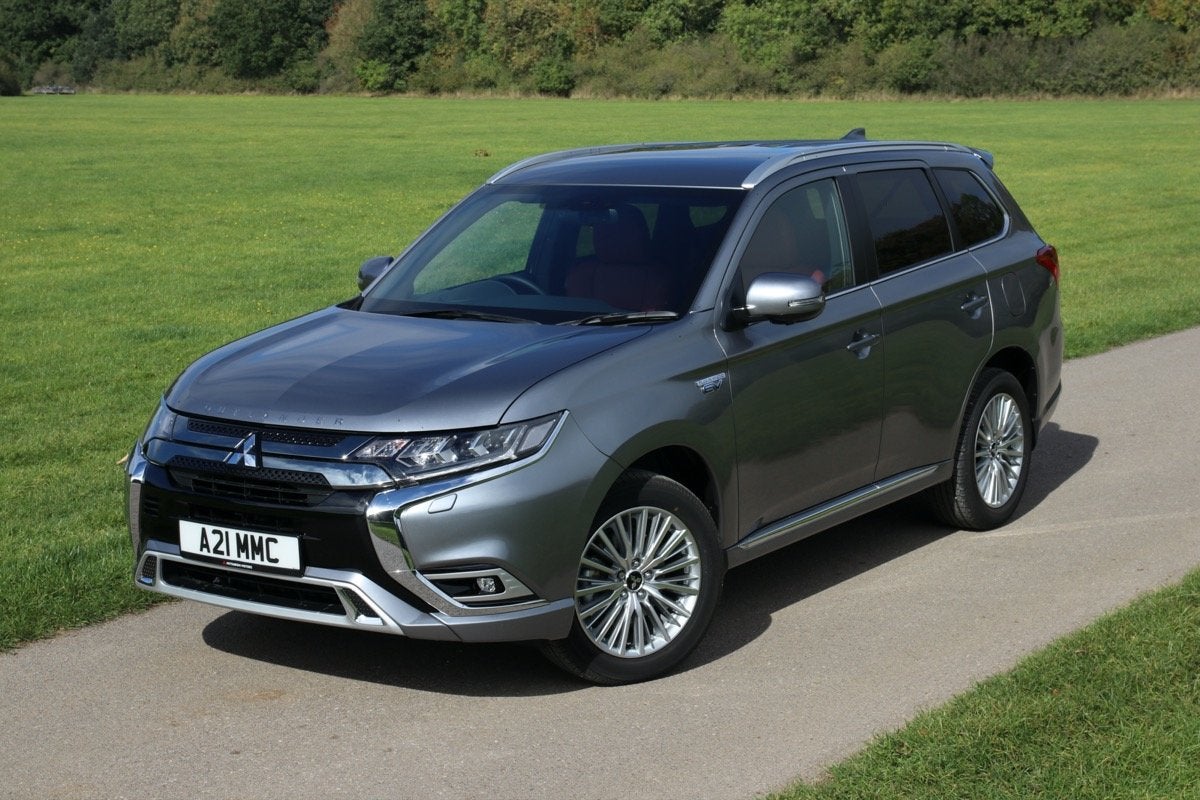
Mitsubishi Outlander PHEV
Official WLTP range: 28-33 miles 0-62mph: 11.0-10.5 seconds
For many years, the Mitsubishi Outlander has been the most affordable, large plug-in hybrid SUV, whether you’re buying new or used, so it’s no surprise that it’s been a big success. Early cars use a 2.0-litre petrol engine and have a real world electric range of some 20 miles, while from 2018 a new 2.4-litre petrol arrived that was a bit more powerful yet also more efficient and usefully quieter. Electric range also went up a little to some 25 miles in everyday use, and the previously rather cheap-feeling interior finish was improved. No Outlander PHEV is economical with the petrol engine in action, though – expect around 25-30mpg in varied driving conditions if you’ve run of battery charge. It’s also the only plug-in hybrid that accepts a rapid charge.
Read our expert review of the Mitsubishi Outlander
Search for a used Mitsubishi Outlander PHEV on CarGurus

MINI Cooper S E Countryman ALL4
Official WLTP range: 25-38 miles 0-62mph: 6.8 seconds
The MINI Countryman arrived in 2017 and offers one of the most stylish family PHEVs. It’s practical enough for a small family thanks to the compact five-door hatchback-cross-SUV body, and it’s also fun to drive. Most importantly, it’s miles away from the dowdy image of (granted, slightly more practical) alternatives like the Kia Niro PHEV. Real world electric range is around 15 to 20 miles, and then the 1.5-litre turbocharged engine kicks in to deliver some 35mpg in everyday use if you’ve no battery power to fall back on. A facelift in 2020 brings a bigger battery (and that official range of 38 miles) and a little more power. We haven’t driven it yet, but would expect it to do around 30 miles of petrol-free mileage in daily driving.
Read our expert review of the MINI Countryman
Search for a used MINI Countryman on CarGurus
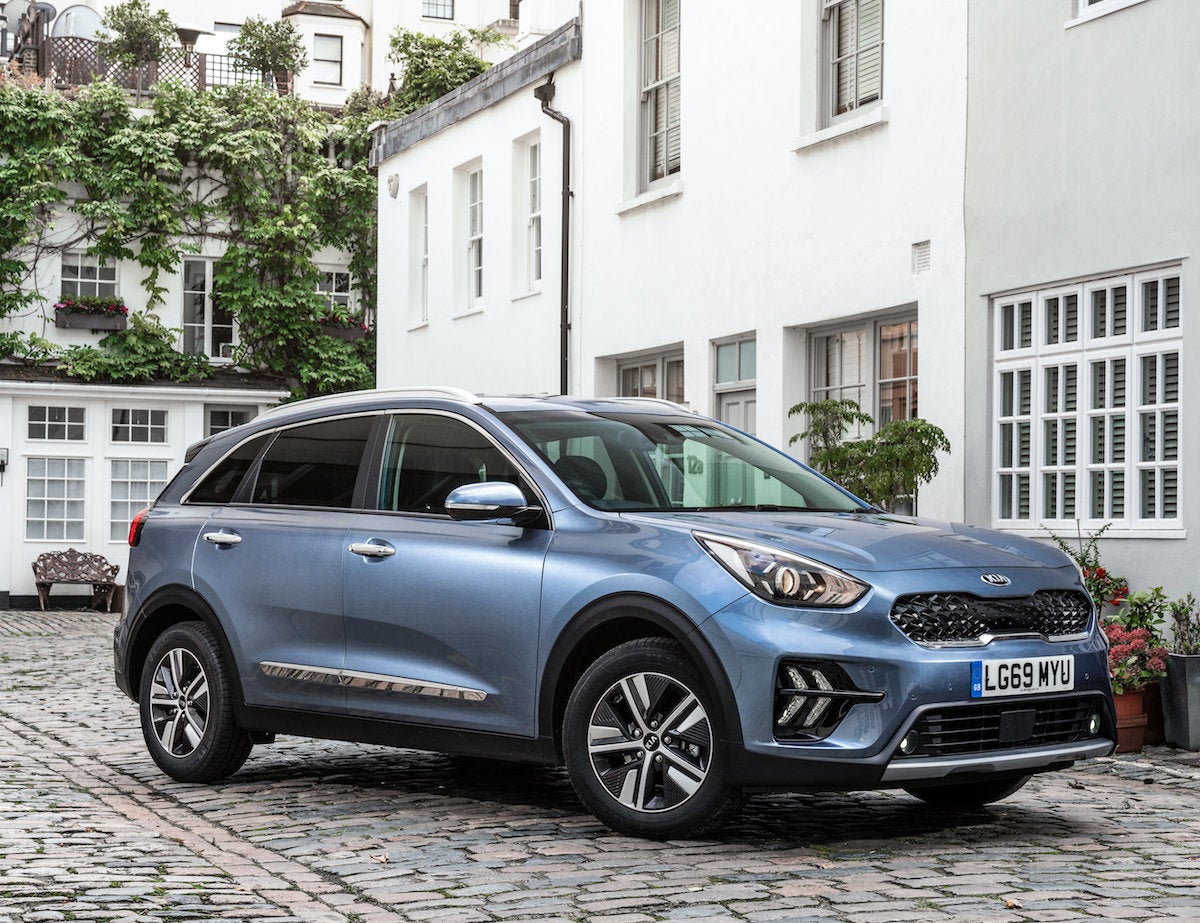
Kia Niro PHEV
Official WLTP range: 30 miles 0-62mph: 10.4 seconds
The Niro is one of those cars that’s almost invisible, it’s so ordinary to look at. But it’s not ordinary underneath those innocuous looks, since it’s offered as a full electric car, a full hybrid, and this plug-in hybrid. Launched in 2017, the PHEV will do around 20 miles on pure electric power before the rather noisy 1.6-litre petrol engine takes over. A facelift in 2020 saw the official range increase a little, while equipment levels and interior finish also improved (although note that even the 2017 car was comfortable and very efficient). It’s not a car you lust after, but it is straightforward good sense if you want a comfortable, practical and affordable plug-in hybrid family car.
Read our expert review of the Kia Niro
Search for a used Kia Niro PHEV on CarGurus
Related Topics:
What is a Plug-in Hybrid Car?
Used Electric Cars Guide: How to Buy a Second-Hand EV
A Beginner’s Guide to Alternative Fuel Vehicles
